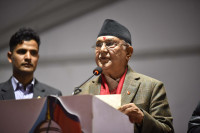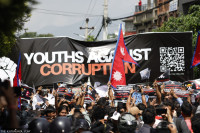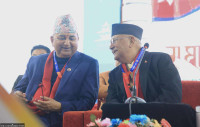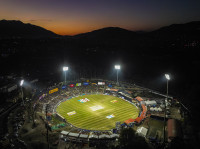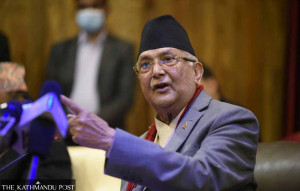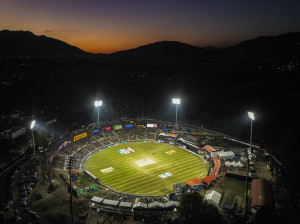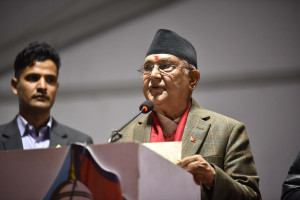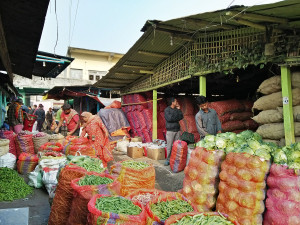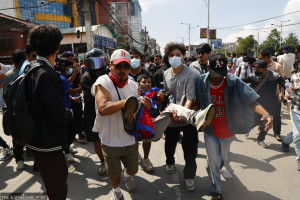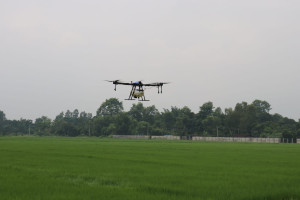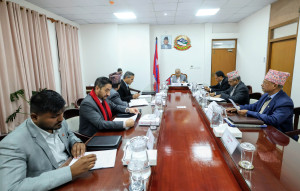Editorial
Thirsty country
Water scarcity has long afflicted Nepal, but the crisis has been intensifying over the years.
Nepal has abundant water resources, yet drinking water problems continue to dog the country. Walking for several hours just to fetch a bucket of water is a daily routine for many in rural areas. Yet there is water scarcity in the cities too. Take Kathmandu. Despite promises to end Kathmanduities’ thirst through the Melamchi Water Supply Project, poor management and insufficient supply continue to hinder smooth supply. Long queues at public taps are a common sight in other urban areas as well.
Likewise, far-flung areas are severely hit by water scarcity, as limited water sources often run dry. For instance, in Doti district’s Dallekh village in ward 6 of Sayal Rural Municipality, there’s only one tap for 58 households and 500 students. Worse, the tap supplies 10 litres of water every 20 minutes, which is far from sufficient. Similarly, when springs began drying up last year, 350 households with more than 1,000 people in ward 7 of Hilihang Rural Municipality in Panchthar district were affected. Similarly, groundwater has depleted severely in several Tarai districts. Even when water is available, floods and landslides often sweep away pipes, and efforts to repair them are few and far between.
Water scarcity has long afflicted Nepal, but the crisis has intensified over the years. Erratic rainfall induced as a result of climate change has dried up springs that once supplied ample water in Nepal’s mid-mountain communities. But then unchecked road construction, rapid urbanisation, water pollution, exploitation of groundwater systems, over-extraction of riverbed materials and destruction of the Chure region, which provides water for the Tarai region, have exacerbated the problem. Until 15 years ago, in Tarai, people only needed to dig 30 feet below the surface for groundwater. Now, you would be lucky to find water 80 to 120 feet down.
Such acute water scarcity warrants immediate action. One solution could be collecting monsoon rainwater in large storage dams and tanks for use during dry spells. Additionally, lifting water from rivers to settlements uphill through water pumping systems has helped many communities in eastern hill districts. However, such pumping is costly, and cannot sustainably continue without long-term government commitment. In any case, these are short-term solutions. As a long-term measure, experts suggest recharging groundwater reserves artificially. It entails digging small ponds to collect rainwater near watersheds, allowing water to re-enter the soil. This method worked for the storage of water in several villages of the Kavrepalanchok district. It could be emulated across the country, as it is cost-effective and doesn’t require big infrastructures.
Apart from such solutions, Nepalis must learn to preserve their ponds, community taps and springs while constructing roads—and also keep them clean. In 2021, one Intergovernmental Panel on Climate Change (IPCC) report warned that climate change is intensifying the global water cycle and that the planet will witness more wet and dry extremes. This is bad news for a climate-vulnerable country. Nepal’s water management policies must be designed with such future extremes in mind. Access to safe drinking water is a fundamental right. We cannot afford to be complacent while our water resources run low and people’s lives get increasingly hard.




 18.12°C Kathmandu
18.12°C Kathmandu